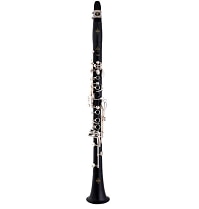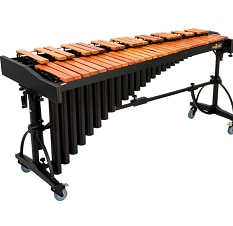Being a marching band director can be rewarding, exciting, frustrating and stressful – often all at the same time! And while each director will have his or her own methods and teaching techniques, there are some tried and true ways to structure your teaching so that everything from rehearsals to marching band competitions are efficient, smooth and successful.
Preparation is key
You start preparing for each marching band season well in advance, and rightfully so. Marching programs are complicated, involve dozens of people and have tons of moving parts and elem ents.
ents.
Create a major milestones checklist for yourself that you can use year after year. It should include tasks and timelines like: music selection, purchase and delivery; instrument repairs; leadership/drum major auditions, selection and appointment; band camp schedules created and posted; rehearsal times booked; critical staff meetings; woodwind, brass, percussion and front ensemble instrument and uniform inventories; prepare pregame drills, halftime flow charts and visual ideas; adjust musical arrangements; and anything else that you need to track.
Planning for every possible scenario is difficult (or impossible), but preparing yourself and your students for the unexpected can reduce stress and chaos down the line. Make sure you communicate, even over-communicate, with travel companies, staff, parents, students, administrators, faculty, coaches, building managers – anyone who may affect or have influence on your program and its activities.
Make expectations clear to your students
Most people perform best when they know what is expected of them. At the beginning of each season, at your first meeting with students, clearly explain the group’s goals and schedules and tell them your expectations of them and the expectations they should have for each other. A great way to be inclusive and a good leader is to give your students the opportunity to let them tell YOU what their expectations are of the program and you as a director. Getting everyone on the same page from the very beginning will get you off to a great start each season.
Emphasize musical fundamentals and warmups
Each rehearsal should begin with music fundamentals and should include general warmups and the development of individual and ensemble skills. This daily warmup at the beginning of every rehearsal is great for establishing a focused attitude in your performers.
Ideally, the wind and percussion sections would do these warmups separately based on their specific music needs. Wind warmups should include breathing exercises plus: long tones in the brass to work on tone and support; flexibility exercises across the range; and specific, show-related concepts, like odd meters, balance, or tuning. Create a series of warmups for the percussion section, too, based on their needs.
Don’t ignore visual warmups
Take time to address the visual elements as well as the music elements and you will see benefits in the final product. Visual warmups are especially critical during the first week of summer band.
Here’s a quick outline of a visual warmup that should only take 10-15 minutes:
1. Review proper posture and instrument placement (yes, your students will think this is elementary, but their posture affects everything else, so it’s important to reinforce).
2. Practice a segment forward and correct any technique issues, especially with your younger students.
3. Now, do a segment backwards. Backwards marching is difficult for young performers, who tend to fall back on their heels, so watch technique carefully.
4. Incorporate some transitions front-to-back and back-to-front.
5. Lastly, add in anything that is relevant to your visual program, like marching at a slow tempo or moving into different positions at halts.
Be consistent
 Just as people do best when they know what’s expected of them, most people are also creatures of routine. All of that preparation and communication that you’ve done should put you in a great position to succeed. So, stay consistent! Don’t change rules or expectations mid-way through the season. Do your very best to keep the schedule you planned. Keep a positive attitude. Your students look to you as a leader and will flourish under a well-planned marching band program.
Just as people do best when they know what’s expected of them, most people are also creatures of routine. All of that preparation and communication that you’ve done should put you in a great position to succeed. So, stay consistent! Don’t change rules or expectations mid-way through the season. Do your very best to keep the schedule you planned. Keep a positive attitude. Your students look to you as a leader and will flourish under a well-planned marching band program.
Don’t forget …
When things get stressful, don’t forget that you are in the position of teaching music. Life’s frustrations may threaten to get in the way of that, but remember why you are there—to change and impact young lives through musical experiences! If you need assistance with the aspects of your program that involve instruments, music, accessories or equipment, call the experts at Woodwind & Brasswind at 800.346.4448 or visit our Educator Website for incredible music educator discounts.

